
A creation of two lovers, a tempestuous divorce, murals of an icon, Nazi soldiers, squatters, a murder and a rebirth. This is the story of Eileen Gray’s E-1027, generally considered to be the first modernist villa ever built.
In 1929, after four years of planning, design, drawing and building, the dream of 51-year old Eileen Gray finally came true. Together with her lover, architect Jean Badovici, she moved into her own villa on a steep hill in Roquebrune-Cap-Martin, an idyllic town on the French coast, close to Monaco. Even though she called it her ‘maison en bord de mer’ (‘house at the edge of the sea’) it soon became better known as E-1027, referring to Eileen, Jean (the J is the tenth letter of the alphabet), Badovici (second letter) and Gray (seventh letter).
In villa E-1027, Gray and Badovici had the chance to incorporate all the new ideas introduced by modernism, an increasingly popular architectural style. The villa may look like a plain bar-shaped building, but its completely white exterior and the flat roof were actually highly unusual in the twenties. In addition, the windows and blinds were designed and placed based on the prevailing wind, the sun and the location. Gray saw her house as a ship, and its interior had natural accents in brown, green and blue. The water tank that the residents relied on for water had to be refilled every day.
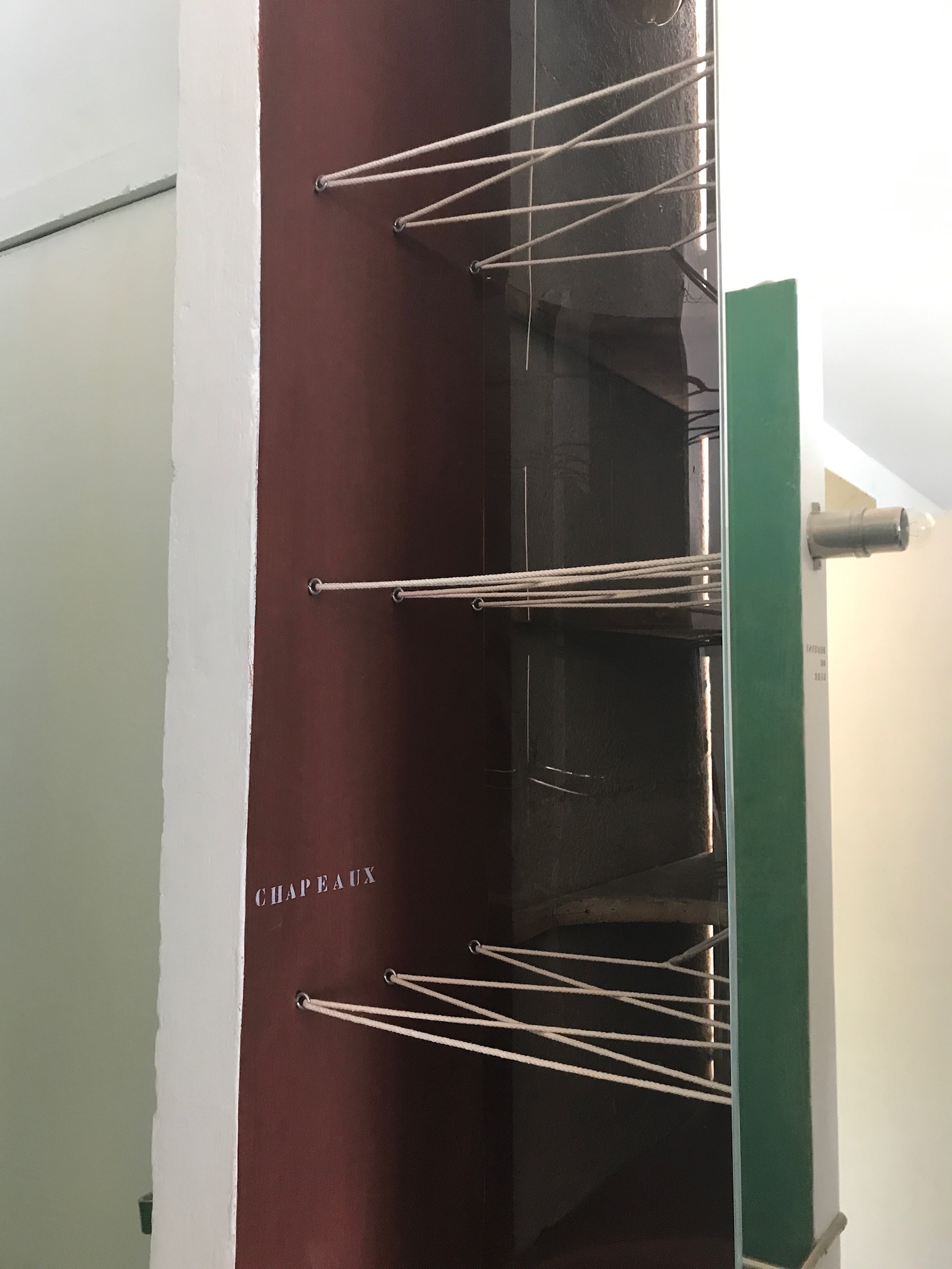
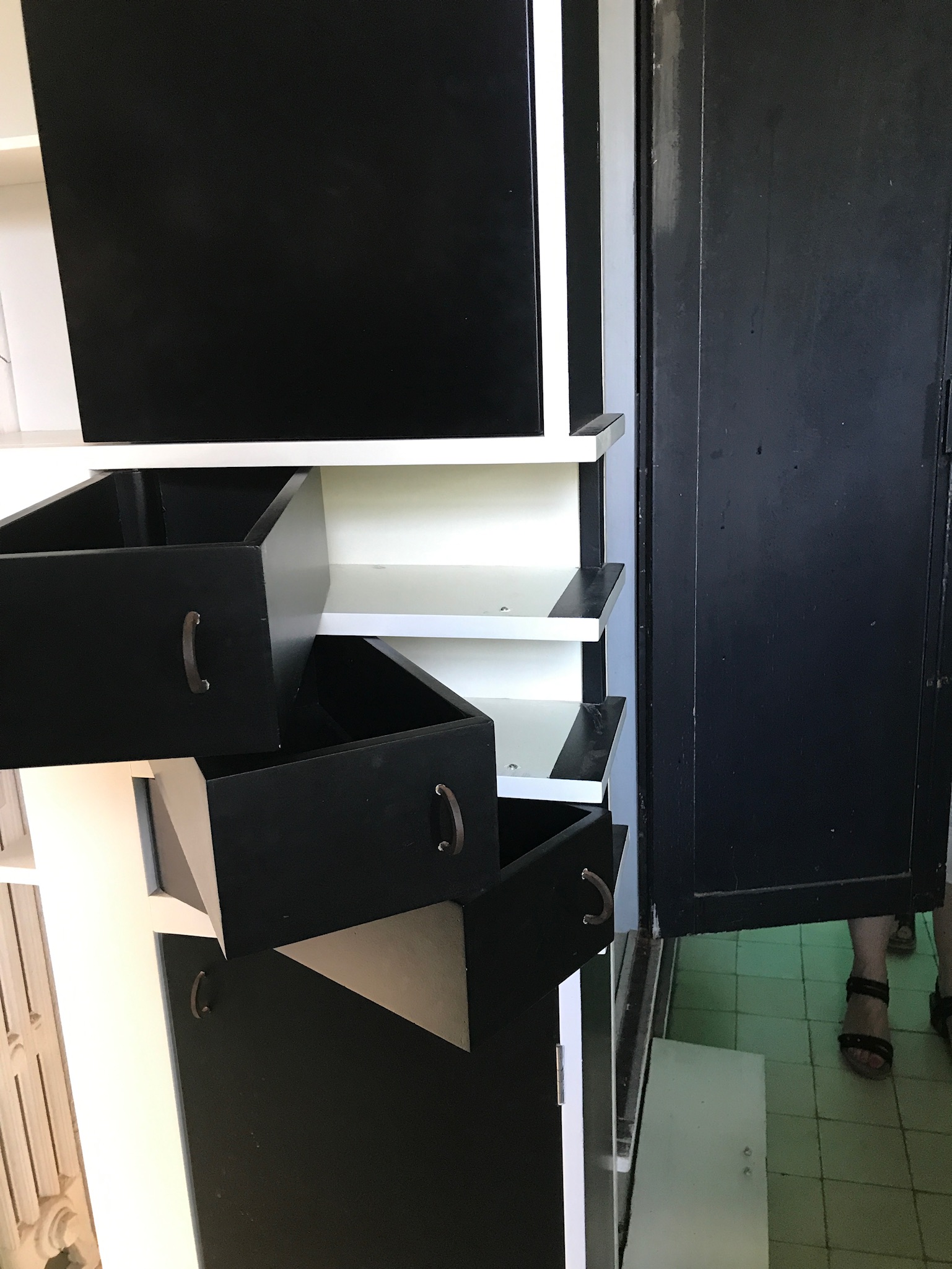
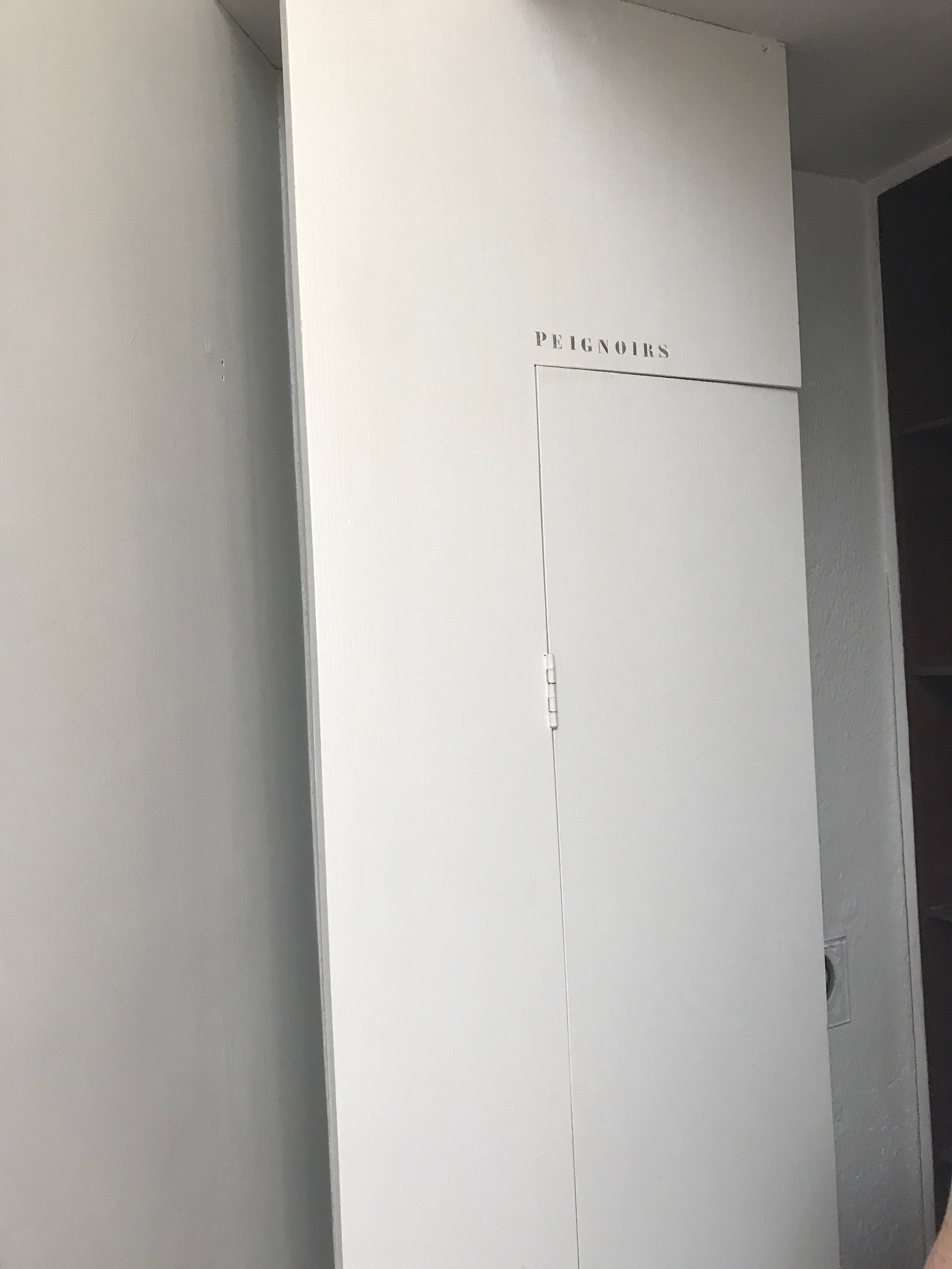
Gray's eye for detail is evident in the placement of the electricity and heating, the mirrors, and the wardrobes in the guest rooms, where she made sure that people knew exactly what should be put where. She created fixed and free-standing furniture for the house and also used items she had designed earlier, always paying close attention to the area, the room and the residents. The most famous pieces are the Bibendum chair, named after the Michelin man, and the height-adjustable E-1027 side table.
Jean Badovici regularly invited his friend Le Corbusier to the villa. The seven murals he painted disrupted Gray's carefully designed plan for her dream home, and it is no surprise that she was absolutely furious. There are photographs that show that Le Corbusier often painted naked. Some people claim that he hated the fact that a woman had created something this significant in what he considered to be his own personal style. Later on, Le Corbusier built a campsite and a small holiday home near the villa.
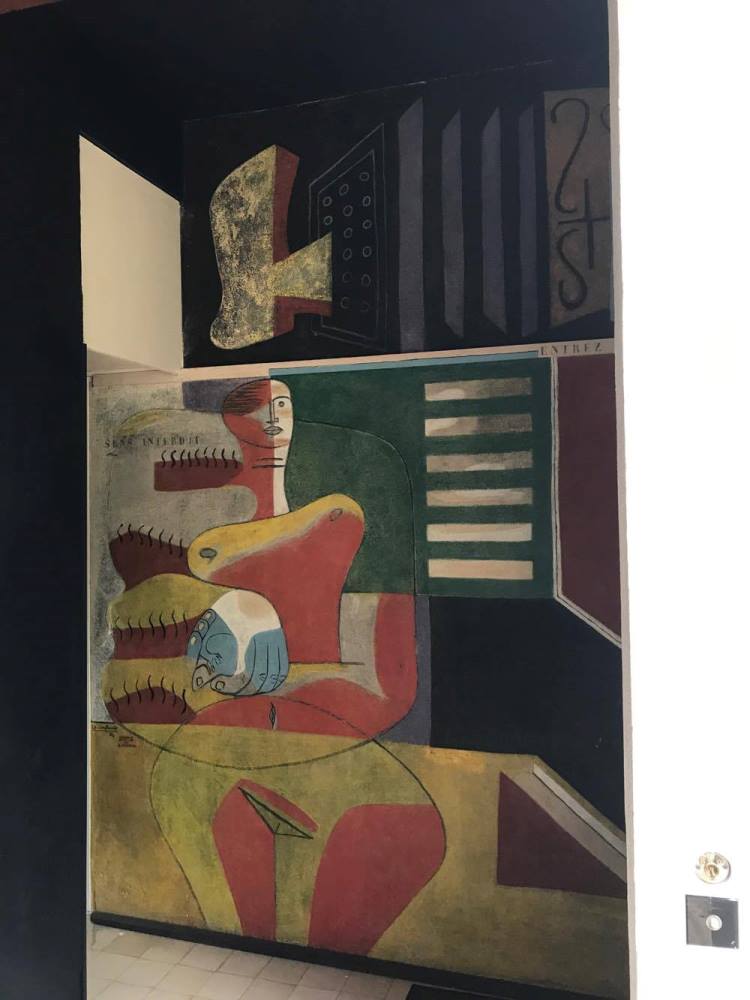
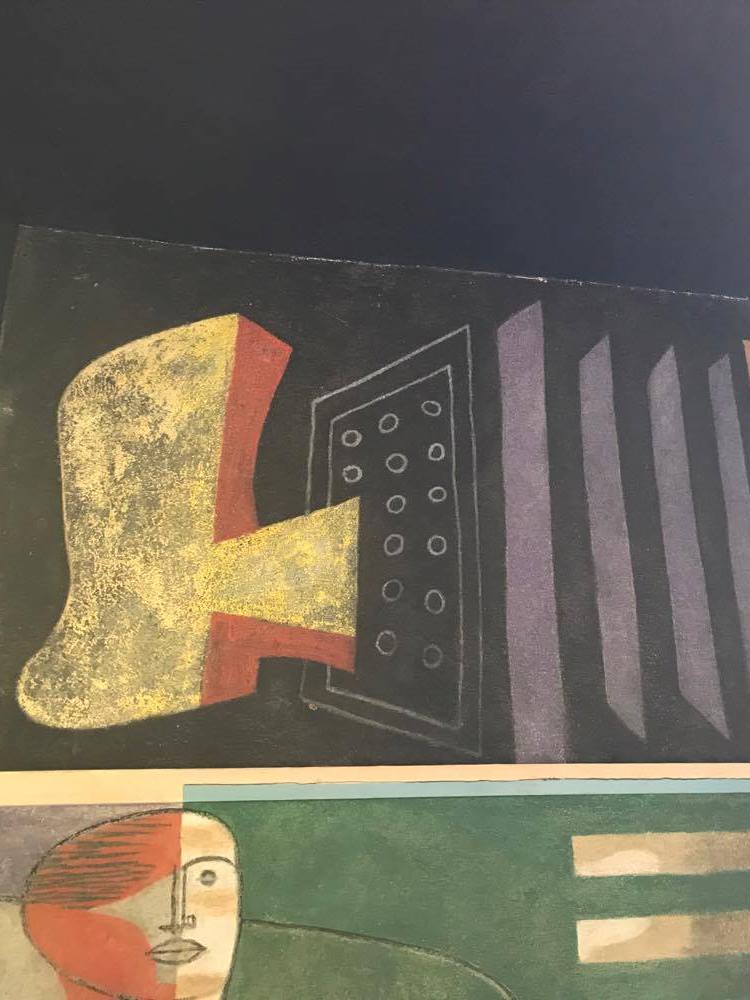
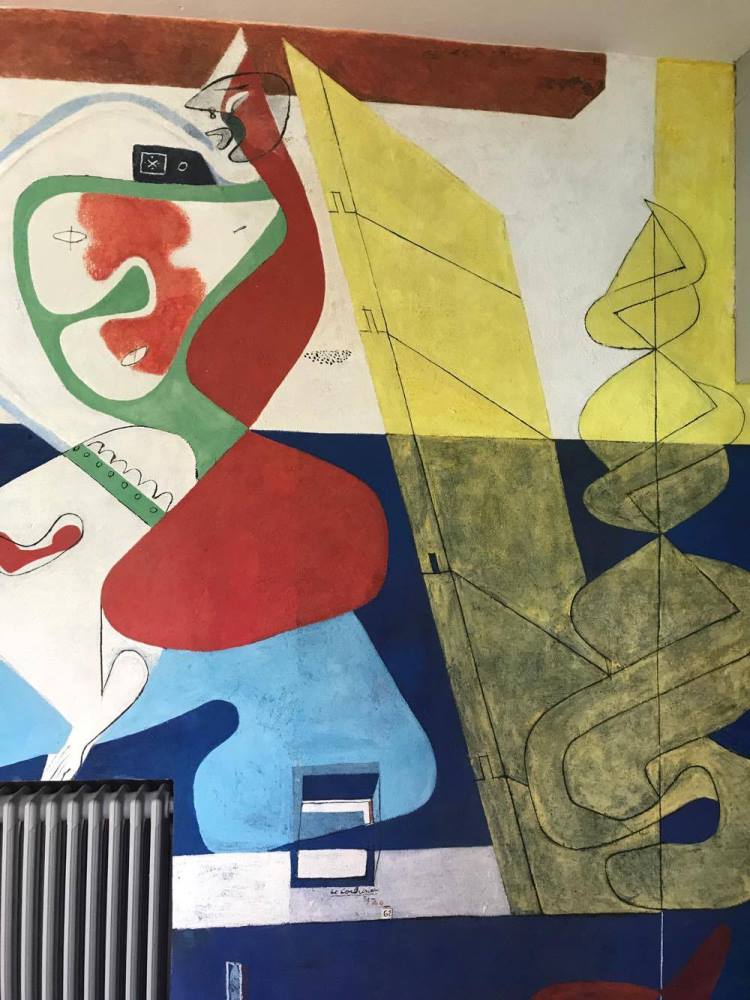
During the Second World War, the villa was occupied by German soldiers, who shot one of the murals to pieces. Artist Jean Broniarski recreated it in 1978, but with more emphasis on the swastika, which, according to him, had always been part of it. Later, the villa was occupied and plundered by squatters, and in 1996 a murder took place.
The house was finally listed in 1999. It is currently being restored, although it will not look the way it did in 1929. Gray would probably be horrified if she knew that the paintings by Le Corbusier have also been listed, so they cannot be removed. Still, E-1027 remains a modernist masterpiece that is worth a visit by anyone who loves design or architecture. Those who are interested can book a guided group visit through Cap Moderne.
E-1027
No Images.
Please upload images in images manager section. Click on Manage Images button on the right side of the gallery settings.

